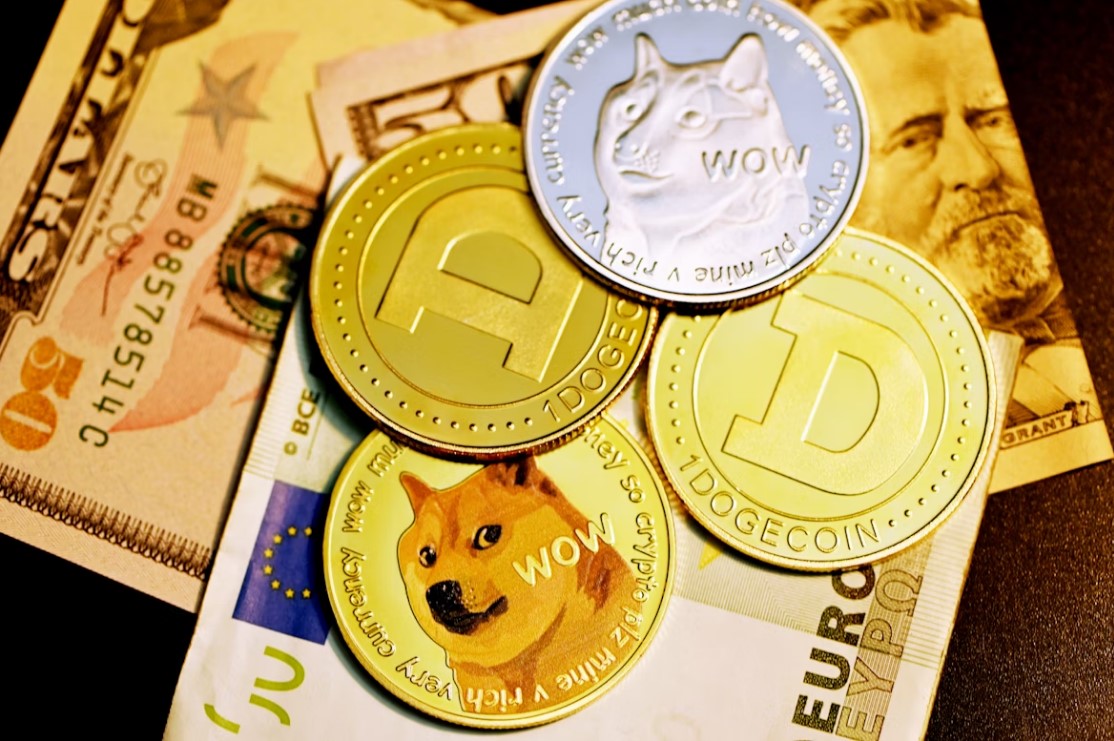
Bitcoin’s recent price rally has not only gripped the attention of investors globally but also rekindled liquidity in the cryptocurrency space. According to Kaiko’s latest report, Bitcoin ETFs received record weekly inflows amounting to a whopping $2.45 billion. This injection of funds increased Bitcoin’s market capitalization to over one trillion dollars for the first time since 2021.
#Bitcoin liquidity rebounds as price soars 📈
In our latest Data Debrief, we analyze:
👉 The ongoing rally
👉 #Binance's rising dominance
👉 Coinbase's return to profitabilityand more! https://t.co/dIhSSWO5gT
— Kaiko (@KaikoData) February 19, 2024
Bitcoin Trading Volume and Average Trade Size
By analyzing BTC’s liquidity across 33 top centralized exchanges using a Data+ model, it is clear that for the second part of February, the daily volume of trade averaged over $10 billion. However, despite this notable trading activity, volumes have not been able to exceed the record 10-month highs reached on January 10th before the ETF launch. Interestingly, the average Bitcoin trade size on these platforms representing institutional participation has shot up to its highest level in one year and above a thousand dollars since the start of 2024.

Further delving into exchange-specific data shows that Coinbase’s average trade size increased more than Binance in the last year, displaying its role as a platform for spot ETF listings. Also, BTC’s 2% market depth, which measures aggregated bids and asks on order books, has shown signs of improvement, indicating the return of market makers. Additionally, market depth has grown by 23% since the end of November, and it was also up by 30% YoY, reaching $485 million, though partly affected by price movements.
U.S.-based platforms have mostly contributed to the increase in liquidity, possibly due to approving spot ETFs. Since November, Bitcoin’s liquidity market share on U.S. exchanges compared to global exchanges has been steadily increasing and exceeded 50% since late 2023.

Bitcoin broke through the $52,000 level, and the open interest of derivatives markets reached new records. Binance led this charge, its open interest ballooning from $4 billion to $6 billion since the start of February. Funding rates, which had remained barely positive throughout the year, started rising, indicating more long positions were opened when new contracts were initiated.
In addition, Bitcoin reached record levels against Japanese Yen (JPY), Nigerian Naira (NGN), and Turkish Lira (TRY). The rise was supported by data on US inflation enhancing Bitcoin’s attractiveness as a safeguard against money devaluation, especially in nations like Turkey and Nigeria with high inflation rates. Nevertheless, despite these accomplishments, the price of bitcoin is still more than 23% lower compared to its peak against the USD and about 25% less than its all-time high in Swiss Francs.









